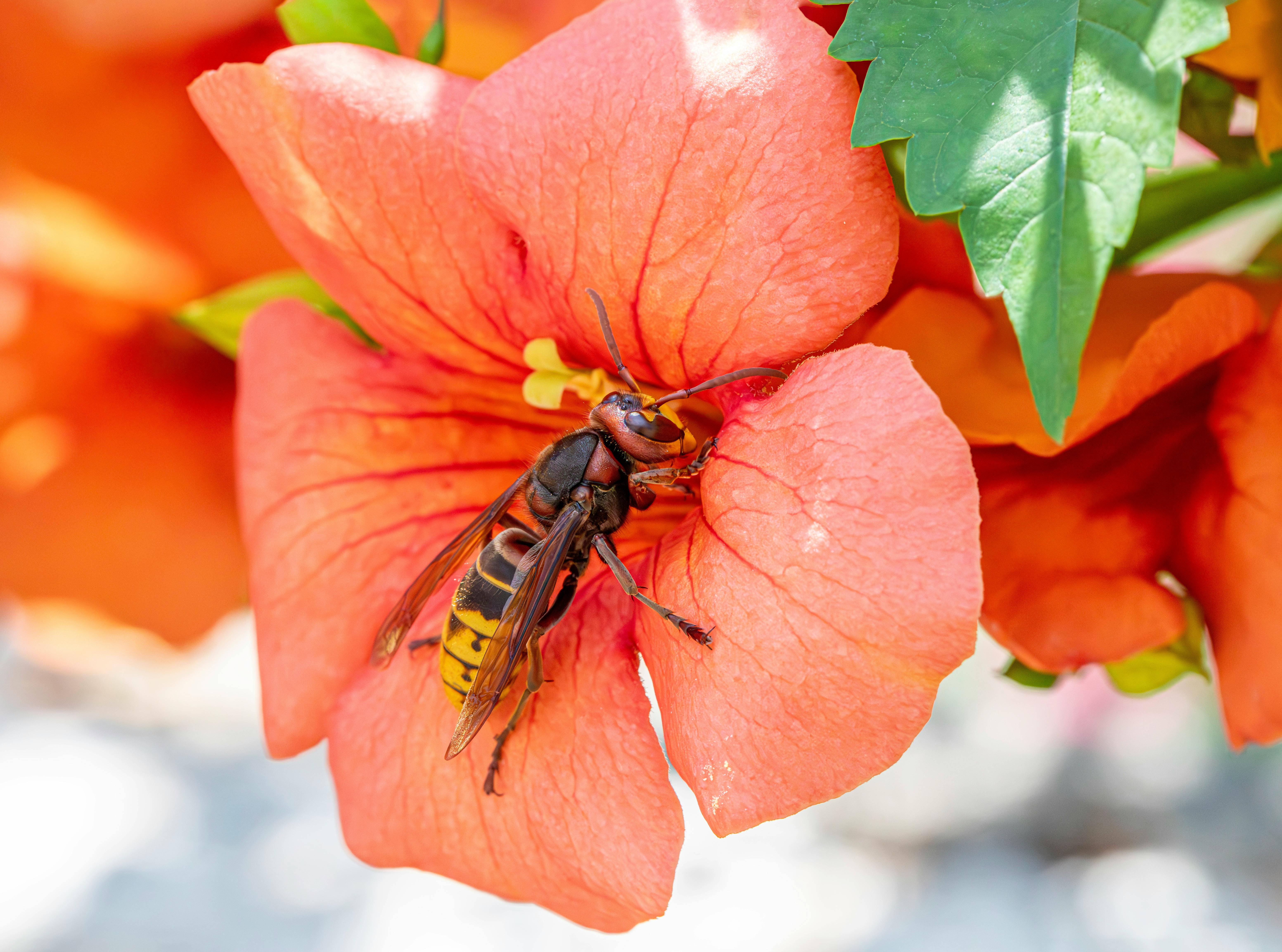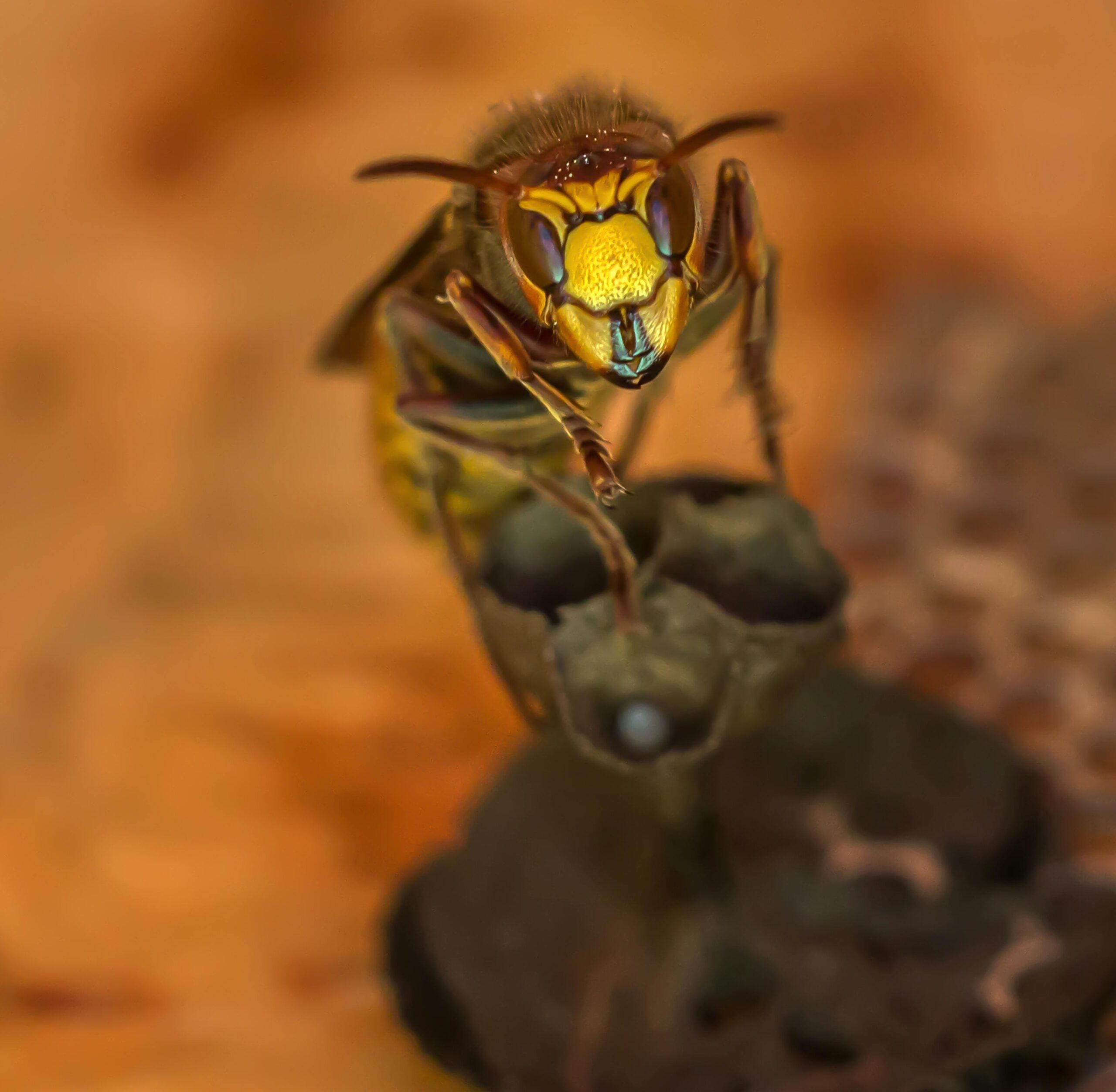Hornissennest: Understanding the Buzz
What is a Hornissennest?
A **hornissennest** is the German term for a hornet’s nest, primarily constructed by the European hornet, known scientifically as *Vespa crabro*. These nests are usually made from chewed wood and saliva, creating a paper-like substance that gives them a distinctive look. Often found in trees or the eaves of buildings, a hornissennest can house dozens to hundreds of hornets, depending on its size. These nests can be larger than those of yellowjackets, sometimes reaching the size of a basketball. Given their increasing presence in urban areas, understanding their structure and behavior is vital for appropriate management.

Physical Characteristics of a Hornissennest
The physical characteristics of a **hornissennest** are quite fascinating. Unlike other types of wasps, hornets create large, round nests that can often be spotted easily due to their size and coloration. Typically light brown or gray, these nests can blend in with their natural environments, making them hard to find until they are fully developed. The outer layer consists of fibers that are repeatedly layered, providing resistance to weather and predators. Interestingly, the nests have distinct layers inside that serve various purposes, such as nurturing larvae and housing adult hornets.
Location and Habitat
Hornissennester are typically located in trees, shrubs, and sometimes even within the walls of buildings. The choice of location is strategic; they prefer areas that offer protection from rain and strong winds. Generally, these nests can be found at heights ranging from 1 to 15 feet in the air. In urban settings, they may also be found around attics, decks, and gardens, often leading to conflicts with humans. Recognizing where hornets tend to build their nests can help in avoiding unwanted encounters during outdoor activities.
Life Cycle of Hornets Inside the Hornissennest
Understanding the life cycle of hornets within a **hornissennest** is essential for anyone looking to manage or study these insects. The lifecycle consists of four stages: egg, larva, pupa, and adult. The queen hornet emerges early in the spring and begins constructing the nest while laying eggs. These eggs hatch into larvae, which are fed by the queen until they pupate. Once they transform into adult hornets, they assist the queen in nest maintenance and foraging, indicating a well-organized social structure.
Spring: The Queen’s Return
During spring, the queen hornet awakens from hibernation, searching for a suitable location for her new **hornissennest**. She starts crafting the nest from wood fibers and lays her first batch of eggs. The early months are critical, as the success of the nest heavily depends on the queen’s ability to gather enough resources and establish a sufficient worker base. By early summer, the nest becomes bustling with activity as worker hornets emerge to help care for the larvae and forage for food.
Summer: Peak Activity
As summer progresses, the **hornissennest** reaches its peak in terms of population and activity. During this period, the nest can contain several hundred hornets. The role of the worker hornets becomes pronounced as they take over most of the nest maintenance and foraging duties. They patrol their territory aggressively, especially when they perceive threats to the nest. This behavior can make human interaction with hornets quite risky and requires cautious management during summer months.
Potential Risks and Safety Considerations
While hornets play a vital role in the ecosystem, such as pest control, their presence near human activities can pose risks. A **hornissennest** in close proximity can lead to aggressive behavior, especially when the hornets feel their territory is threatened. For individuals or families living near urbanized areas, knowing the precautions for dealing with hornets is crucial. When disturbed, hornets may sting multiple times, injecting venom that can cause severe allergic reactions in some individuals.
Identifying Hornet Aggression
Identifying the signs of hornet aggression can help prevent harmful encounters. When hornets feel threatened, they will exhibit various warning behaviors, such as buzzing loudly, hovering around their nest, and darting toward perceived intruders. Observing these actions from a distance is critical for personal safety. If a **hornissennest** is located near your home, it’s advisable to watch for these behavior signs and avoid any sudden movements that may provoke them.
Safe Removal Strategies
When dealing with a **hornissennest**, safety should always be the top priority. It is recommended to hire professional pest control services for nest removal, especially if the nest is large or located in a difficult area. Attempting to remove a hornet’s nest without proper gear can lead to multiple stings and serious injury. If necessary, homeowners can remove smaller nests cautiously using protective clothing and nighttime approaches when hornets are less active. Always ensure to keep escape routes clear, and have a safe space to retreat to in case of aggression.
Conclusion: Respecting Hornets and Their Habitats
In conclusion, understanding the role and behavior of **hornissennester** is vital in maintaining a peaceful coexistence with these insects. While they can pose risks due to their defensive nature, they are also essential for pest control in natural environments. Recognizing how they live, where they build their nests, and the importance of safe management can help mitigate risks while respecting wildlife. It is crucial to evaluate your surroundings and take precautions, particularly during the warmer months.
Key Takeaways
- A **hornissennest** is a hornet’s nest made primarily of chewed wood and saliva.
- The life cycle of hornets involves four stages: egg, larva, pupa, and adult.
- Summer is when hornets are most active, making careful observation important for safety.
- Safe removal of hornet nests often requires professional assistance.
- Respecting hornets and understanding their behavior can enhance coexistence.
FAQ
1. What should I do if I find a hornissennest near my home?
If you discover a **hornissennest** near your home, it is advisable to maintain distance and observe the situation. It’s best to consult pest control professionals for safe removal, as they have the proper equipment and knowledge to handle such situations without risking stings.
2. Are hornets dangerous to humans?
Hornets can be dangerous if they perceive a threat to their nest. They can sting multiple times, and those allergic to their venom may experience severe reactions. It’s crucial to exercise caution around hornet nests and to consider hiring professionals for removal.
3. How do hornets differ from wasps?
Hornets differ from wasps in size and behavior. Hornets are typically larger and more aggressive than many wasps. Additionally, while both build nests using wood fibers, hornet nests are usually larger and less frequently built in the open than wasp nests.
4. Can I relocate a hornissennest?
Relocating a **hornissennest** can be risky and is not recommended for the average person. It is best left to professionals who can safely handle and relocate the nest without provoking the hornets or risking harm.
5. What time of year are hornets most active?
Hornets are most active during the late spring and summer months, as this is when they are foraging for food and maintaining their nests. During this period, they can become more aggressive, particularly if their nest is disturbed.
